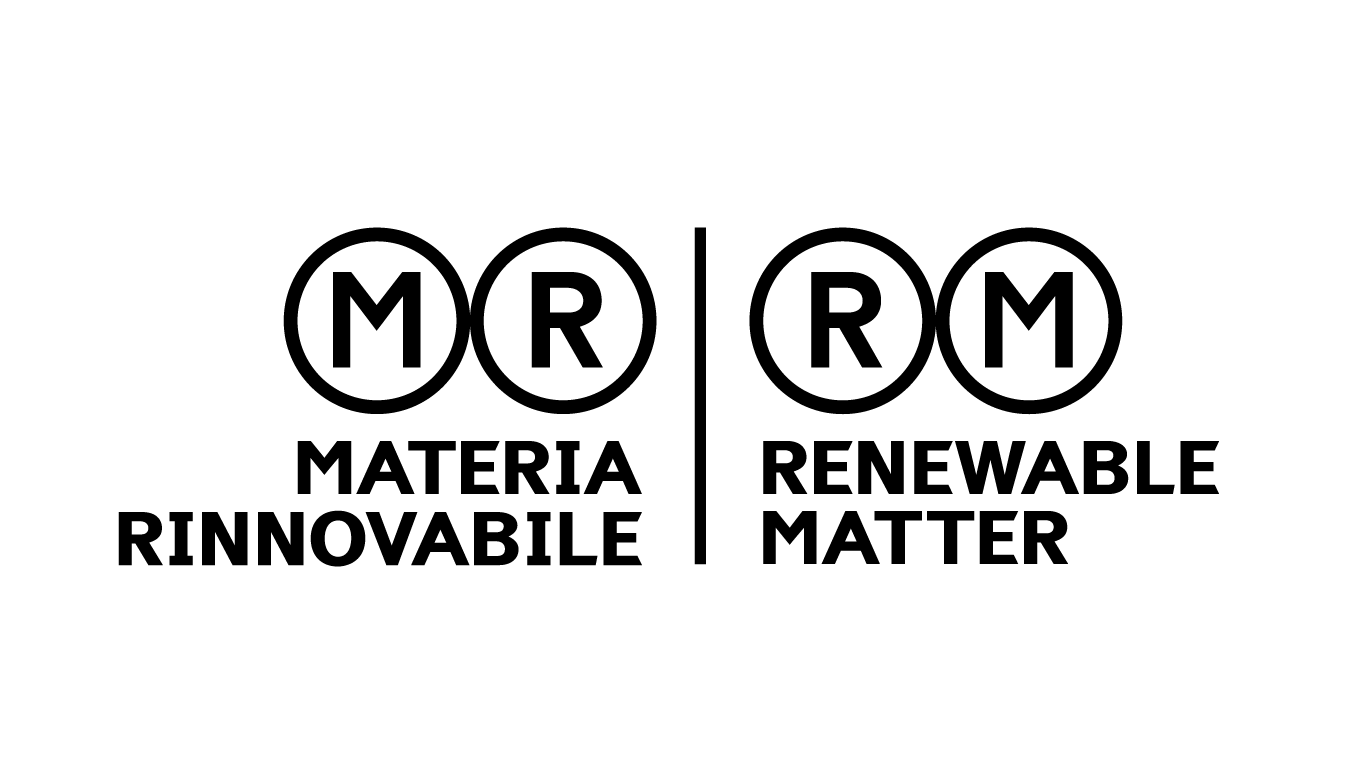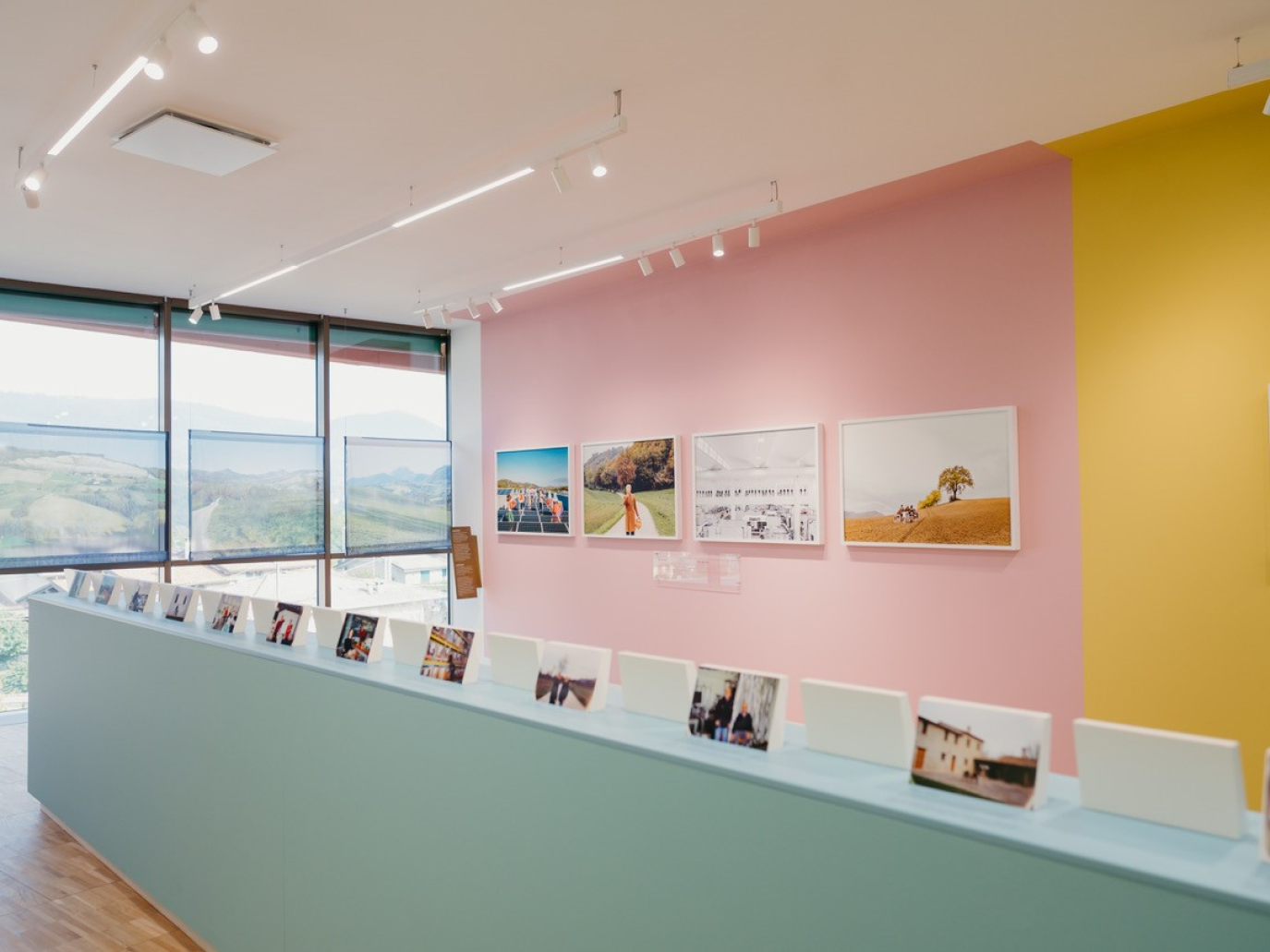
When the luxury world comes up with ideas, designs spaces and shapes concepts, the aim is often to flaunt, fascinate and impress. The risk, however, is that when evaluating a luxury project, only economic variables are considered: awareness of environmental and social impacts is still limited, both because of the intrinsic complexity of the issue and the lack of effective measurement tools.
The real challenge, then, is to marry beauty and sustainability, starting with the need to understand and quantify these aspects. This is where Zordan, a long-standing Venetian company and a point of reference for luxury brands that need to design and create tailor-made, high-impact retail spaces that are also sustainable, comes in.
Contemporary corporate culture
Founded in 1965 in Valdagno, in the province of Vicenza, with 60 years of know-how behind it, Zordan was one of the first companies in Italy to be listed among B Corps, enterprises that lead a global movement in favour of an inclusive, equitable and regenerative economic paradigm.
In 2016, it became a Benefit Corporation; then, in 2017, it decided to acquire a production facility in the United States, now located in Holland, Michigan, to ensure timely assistance, quality control of manufactured products, and the development of site-specific skills for customers across the ocean.
The commitment of the company, member of Assarredo di FederlegnoArredo, is to disseminate a contemporary business culture, oriented towards generating profit and at the same time having a positive impact on the community and the planet, as recounted by the Museum inside the headquarters.
Low environmental impact projects
One of Zordan's most recent installations is Crafting ATMOSPHERE: an exhibition project created by MATERIA, an international architecture firm based in Mexico City, as a simultaneous event to the Venice Architecture Biennale, within the Time Space Existence programme, promoted and curated by the European Cultural Centre at Palazzo Mora (open until 23 November 2025).
It is an invitation to reflect on how planning choices often have an overlooked impact on climate change and how architecture can incorporate practices of reuse, repair and regeneration.
A responsible approach was adopted in carrying out this project, based on principles of low impact in terms of greenhouse gas emissions throughout the entire life cycle of the installation. Evaluating every aspect through the lens of sustainability, Zordan calculated the overall carbon footprint of the exhibition, following the UNI EN ISO 14067:2018 standard, and consequently structuring the various choices, divided into three phases.
For the supply of raw materials, 100% recycled chipboard panels and low VOC (class A+) paints were selected, all sourced within a 50 km radius of the production plant. As for the transformation processes, the assembly was performed at the Zordan production plant, LEED (Leadership in Energy and Environmental Design) Gold certified and powered 100% by renewable energy, of which approximately 45% is self-produced. For the third phase (transport, installation, end of life), the vicinity of the production site, less than 150 km from Venice, allowed for a drastic reduction in the impact of transport in terms of emissions. In addition, the installation was designed to be entirely recyclable at the end of the exhibition.
LEED Gold certified locations
The LEED Gold certification, achieved by both the Italian and US headquarters, requires compliance with a criteria framework for the construction of buildings with comfortable and healthy environments. It also requires high efficiency, integrating corporate governance objectives with social and environmental ones.
Specifically, the Valdagno plant, which covers an area of approximately 6,000 square metres, is designed to blend in harmoniously with its surroundings. The application of LEED criteria during the design and construction phases has enabled a 45% reduction in indoor water consumption and a 74.6% reduction in energy consumption compared to baseline values.
In addition, the site's natural hydrology is recreated, the habitat is preserved and regenerated, emissions are reduced, energy needs are met with renewable sources, materials with transparent information on their life cycle impacts are utilised, and healthy interior spaces are designed to promote comfort.
The company philosophy
In an increasingly complex economical landscape, “Zordan owes its success to the establishment of an effective business model, based not only on rigorous management control, but also on humanistic management, that, by placing the individual at the centre, promotes the development of the local community through education and beauty,” explains Giuseppe Caruso, CEO of Zordan.
This innovative approach also entailed introducing philosophy into the company thanks to the collaboration with Keren Ponzo, a philosophical counsellor and trainer, as a concrete practice capable of generating value: a pilot project for reflection and experimentation, which involved team leaders in experiential workshops, playful moments and in-depth discussions.
“We chose to experiment with philosophy as a transformative practice within organisational processes because we believe that personal growth is an essential prerequisite for sustainable and generative business development,” concludes Caruso. “A deeply enriching pilot experience that has left a tangible mark on the corporate culture and on the everyday feelings of those who build value with us every day.”
Cover: photo by Zordan



